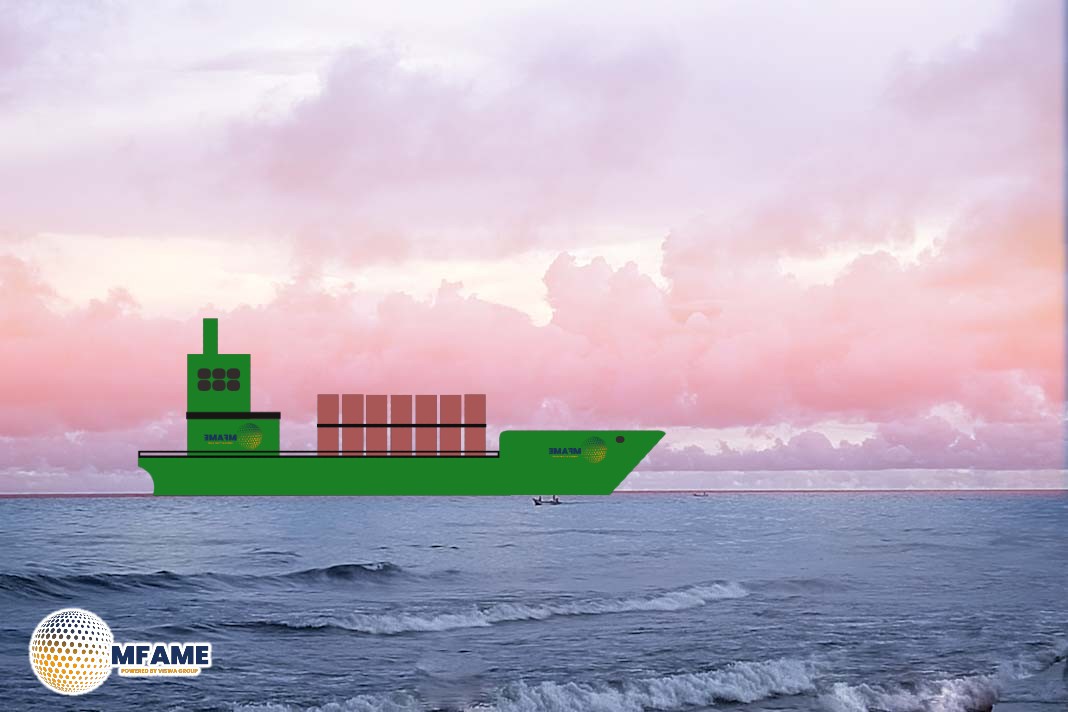
-
Russia is increasing Arctic oil exports to China through ship-to-ship (STS) transfers in international waters off Singapore and Malaysia to bypass U.S. sanctions.
-
The longer, costlier delivery route via the Suez Canal replaces the shorter Arctic path, which remains closed until July.
-
India has scaled back Arctic oil purchases due to sanctions, while China remains cautious but continues buying via non-sanctioned carriers.
Russia is significantly ramping up its Arctic oil exports to China this month, using ship-to-ship (STS) transfers in international waters off Singapore and Malaysia. This strategy aims to shield tankers entering Chinese ports from U.S. sanctions lists, according to Reuters.
Sanctions and Workarounds
The U.S. broadened its sanctions in January, targeting most tankers carrying Russian Arctic crude grades like ARCO and Novy Port, as well as oil producer Gazprom Neft. In response, STS transfers have become essential. By transferring oil to Very Large Crude Carriers (VLCCs) in neutral waters, exporters can mask the original source and sidestep restrictions.
At least 4 million barrels underwent STS last week alone, and 16 million more barrels are expected to pass through the South China Sea this month. While China’s Arctic oil imports averaged 25,000 barrels per day in March, the final discharge volume will depend on logistical capacity and refinery demand.
Longer, Costlier Routes with Uncertain Outcomes
Due to the North Sea Route being shut until July, shipments now take roughly two months, traveling via the Suez Canal, which significantly raises costs. Arctic oil grades—ARCO, Novy Port, and Varandey—originate in Russia’s icy northern regions, where production is expensive and weather conditions are extreme. Once shipped to floating storage in Murmansk, cargoes are re-routed and transferred at sea.
For example, the VLCC Atila loaded 2.07 million barrels from two sanctioned tankers off Singapore in March and delivered to Dongying, China, in April. Atila has also been linked to Iranian oil transfers in the past.
Not all cargoes are reaching buyers promptly. Tankers like Fast Kathy, which loaded in Murmansk on March 14, have been anchored off Egypt since April 9, highlighting the storage buildup as logistical challenges persist.
Shifting Buyer Landscape
India, once the largest Arctic oil buyer, has drastically reduced imports following increased sanctions pressure. Much of the Arctic oil bound for India previously came from the Varandey field, operated by Russia’s Lukoil, although Lukoil declined to specify the suppliers. Indian authorities recently blocked an STS operation near Mumbai involving Russian crude.
While Chinese refiners remain wary of secondary sanctions, many are still purchasing Arctic crude at higher prices via VLCCs not linked to sanctioned operators. This cautious approach reflects Beijing’s formal opposition to unilateral sanctions, even as it navigates the geopolitical and economic implications.
New Arctic oil buyers, including Syria and Myanmar, have also begun to receive their first shipments earlier this year, signaling evolving trade flows in the wake of global energy realignments.
Did you subscribe to our daily Newsletter?
It’s Free Click here to Subscribe!
Source: Reuters
















